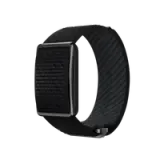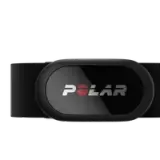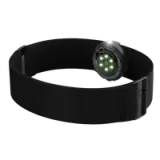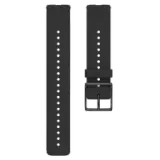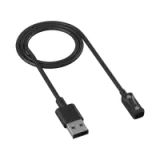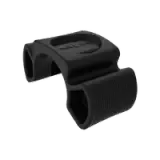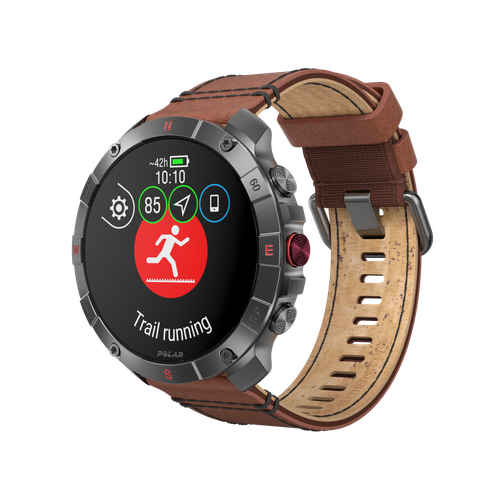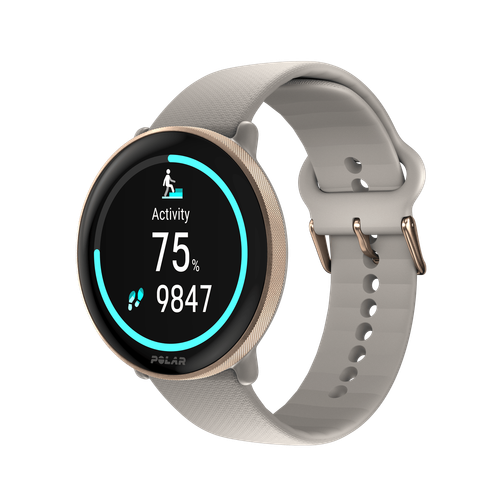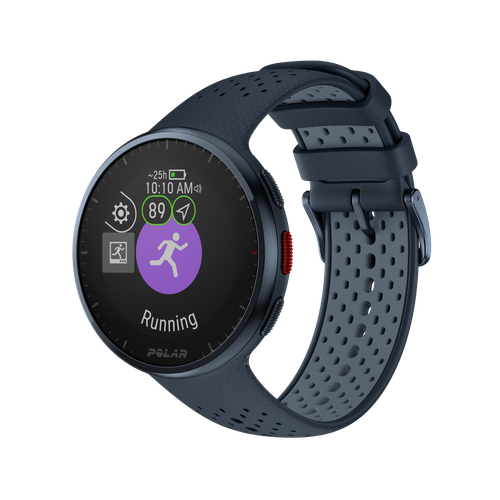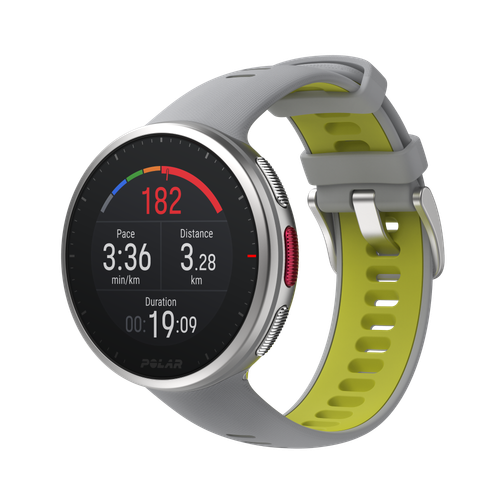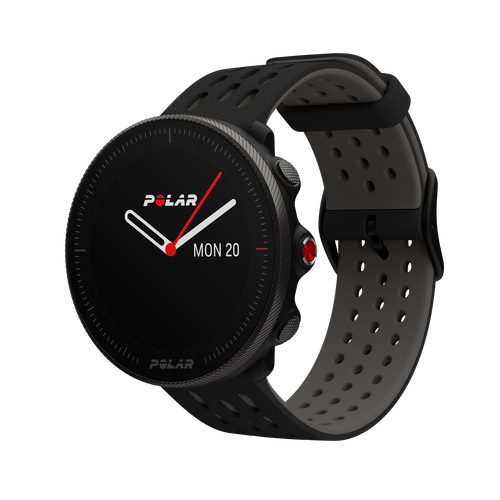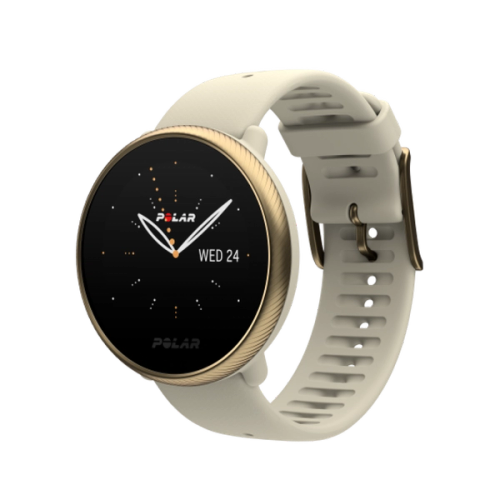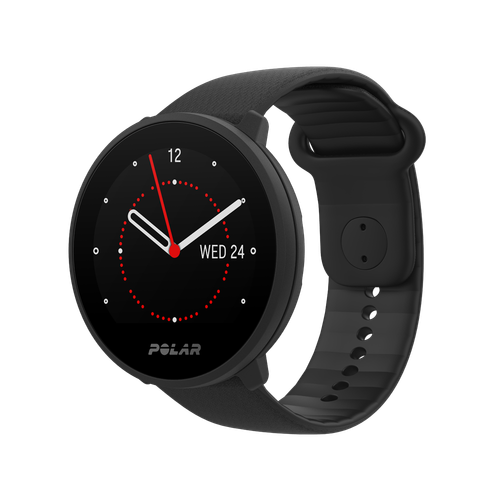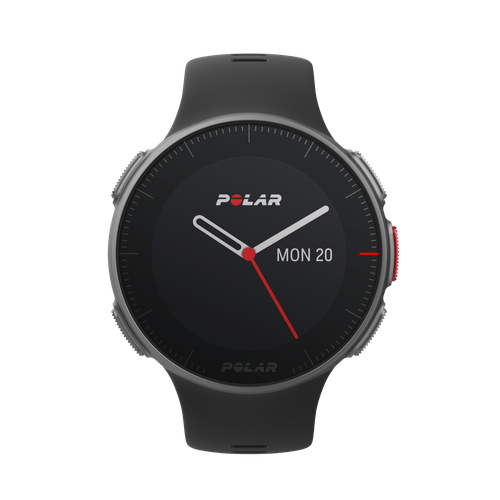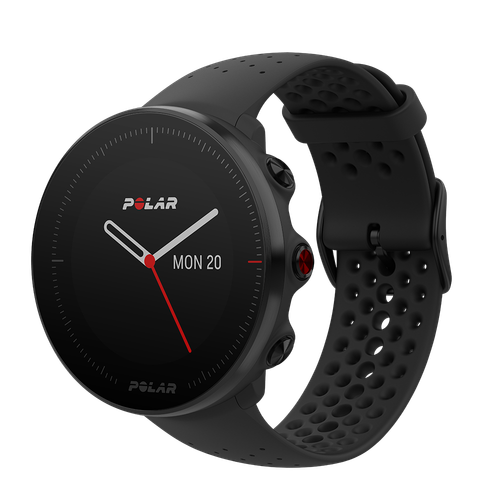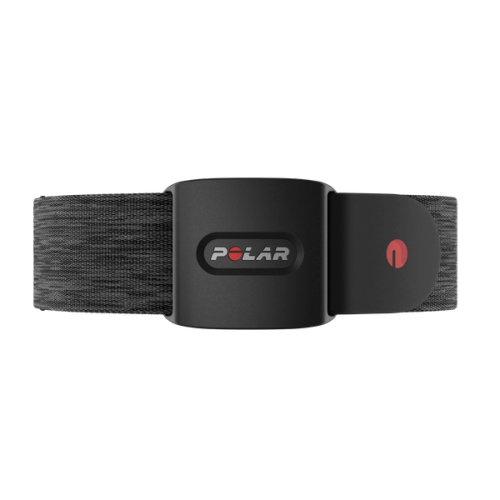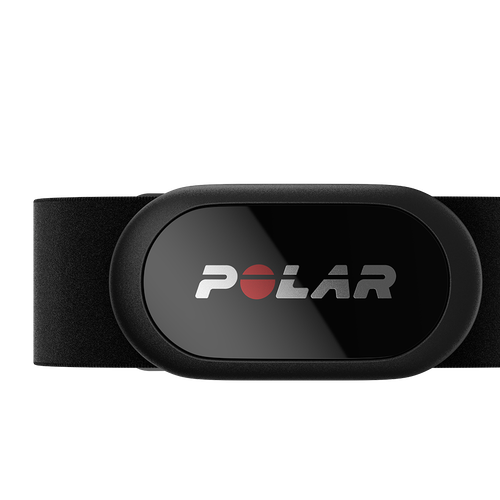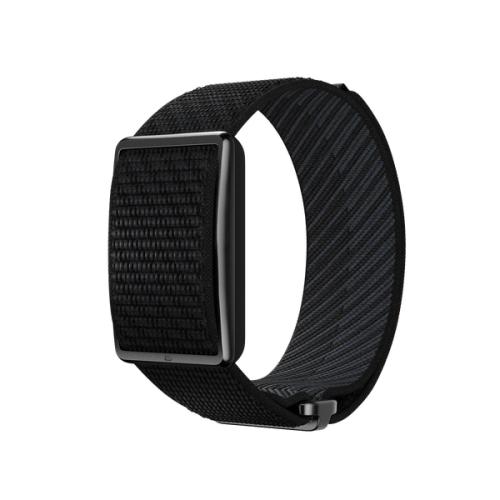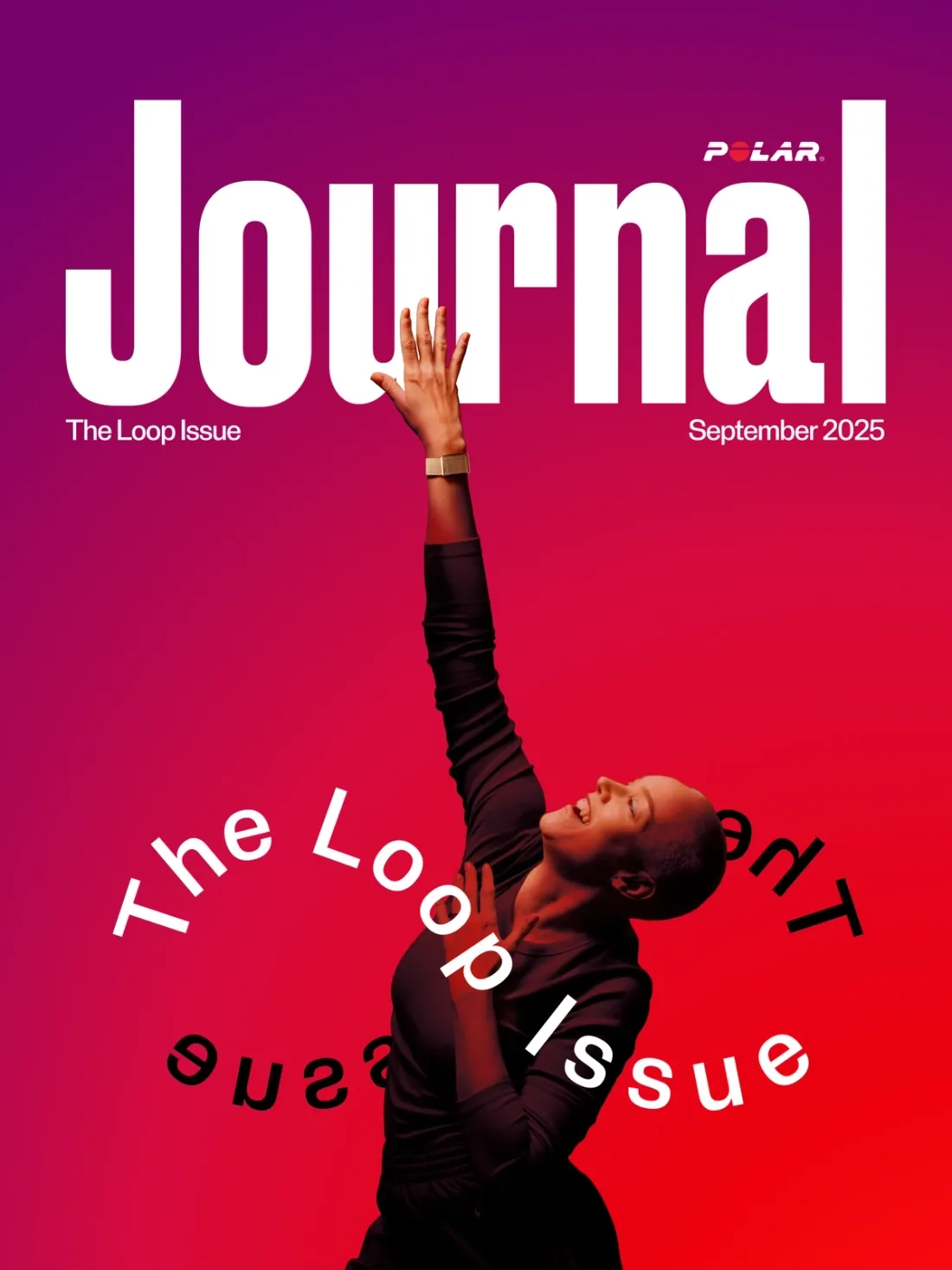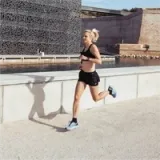One of the most critical functions of blood is to transport oxygen from your lungs to your tissues and carbon dioxide back to the lungs to be exhaled. This process is essential for energy production.
When you engage in endurance training, your body undergoes a series of physiological adaptations to improve your performance. And that's what we'll explore in this blog, looking at how training affects blood volume, blood flow, and other blood-related factors. By understanding these adaptations, you can gain valuable insights into optimizing your training and maximizing your athletic potential.
Specific blood adaptations for endurance athletes
Red blood cell count
Think of red blood cells (RBCs) as tiny red taxis, zipping through your bloodstream and delivering precious oxygen to your muscles. Now, imagine you're training for a marathon – your muscles are demanding more oxygen than ever before. What does your body do? Increases the fleet, adding more red taxis to the streets so you can keep getting all the oxygen you need when you need it.
So essentially, the more you train, the more your body ramps up RBC production. In fact, studies have shown that in comparison to untrained people, endurance athletes have higher blood volume and hemoglobine mass, and in general, a significantly higher number of red blood cells than the average person. Simply put: more taxis = faster oxygen transport = better endurance performance. This increase is why endurance athletes often have a higher VO2max because your body becomes more efficient at using oxygen. It's like training is a way of adding a bigger engine to your car – you can go further and faster. Plus, endurance training can have a positive impact on the aging and function of RBCs.
Here's the surprising part: while running destroys some red blood cells due to the impact on your feet, your body seems to compensate brilliantly. Studies show that even after ultra-marathons, the overall number of red blood cells only dips slightly. It's like your body's got a built-in red blood cell factory cranking out replacements faster than you can break them down.
Discover Polar Journal
Polar Journal is a space for stories that inspire movement. Each edition blends practical training tips, sports science, and inspiring journeys from athletes and those who live and breathe an active life.
Read Polar Journal
Plasma volume
In order to accommodate this increased number of RBCs, your body also increases the volume of plasma, the liquid component of your blood. This plasma expansion is a clever strategy to maintain optimal blood flow and oxygen delivery. By diluting the blood, it ensures that your RBCs can circulate more efficiently, delivering oxygen to every corner of your body.
Sports anemia
While this plasma volume adaptation may seem counterintuitive, it's actually a sign of a well-trained athlete. In fact, a lower hematocrit (the percentage of red blood cells in your blood) and hemoglobin level (the protein in red blood cells that carries oxygen) is often seen in endurance athletes. This is known as "sports anemia" or "pseudoanemia" and is a normal physiological consequence of training that has to do with the increase of plasma volume.
So, it's not an iron deficiency, really, but more your body's way of optimizing delivery. Here's the good news for runners: you likely have a healthy amount of iron circulating in your system, even if blood tests tell a different story. However, these pseudo-anemic levels might disqualify you from donating blood, which is a bit of a bummer.
Now, if you're a female runner, things get even more interesting. Women naturally may have lower iron levels due to menstrual blood loss. Combine that with the dilution effect of training, and you might see even lower numbers on your blood test. Hence why, many female endurance runners are considered anaemic and do benefit from regularly monitoring their iron status.
undefined
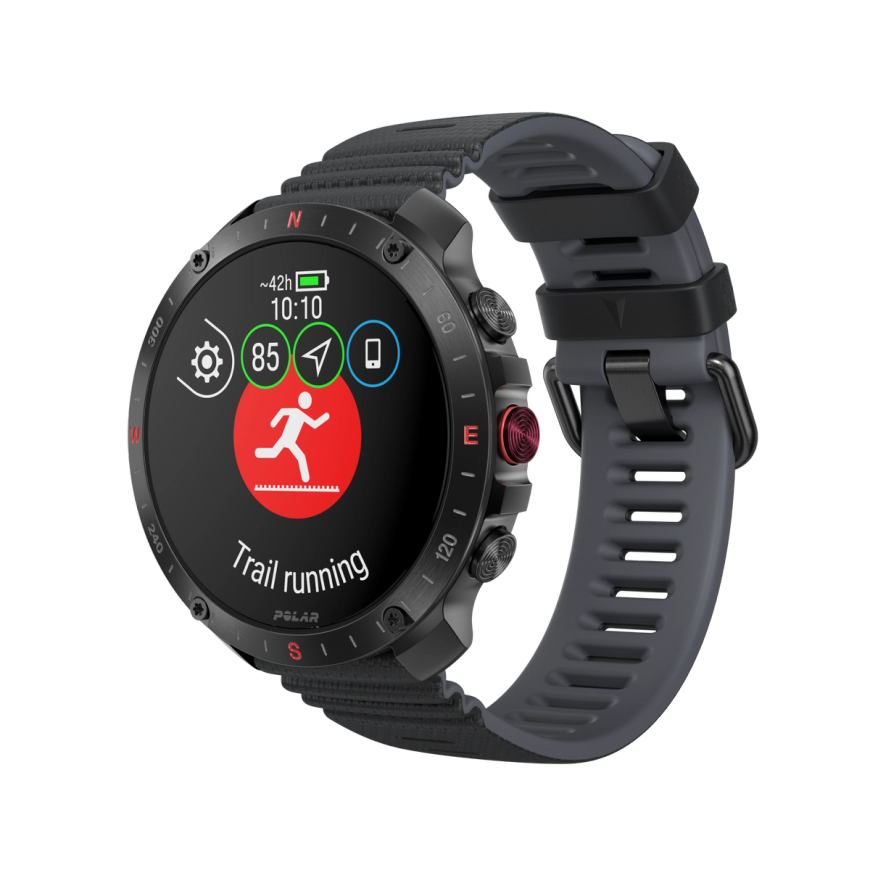
Polar Grit X2 Pro
Premium Outdoor Multisport Watch
Polar Grit X2 Pro es un Premium Outdoor Multisport Watch robusto y resistente, diseñado para la aventura. Combina pantalla AMOLED de cristal de zafiro y un completo kit de funciones de navegación y rendimiento perfectas para explorar las maravillas del mundo y del cuerpo humano.
Blood vessels
So, if RBCs are red taxis, then think of your blood vessels as the streets and highways of your body, transporting oxygen-rich blood to every corner of your city. But just like any highway, these vital pathways will begin to deteriorate with age. Endurance training, however, can help slow down the thickening and loss of elasticity of blood vessel walls.
Like traffic, if your blood flow slows down, it becomes harder for oxygen to reach your muscles. But when you begin endurance training, your body responds by remodeling your blood vessels, making them more elastic and flexible. One study has shown that even first-time marathon runners can experience a dramatic reversal of arterial aging. Equivalent to shaving four years off your vascular age!
This magical effect translates to more efficient oxygen delivery, which means your muscles get the fuel they need to perform at their best. The benefits are especially pronounced for less experienced endurance athletes, who might not be setting speed records yet. That's because these folks might have stiffer arteries to begin with.
Blood pressure
Another significant benefit of endurance training is that athletes have lower blood pressure. When your blood vessels are more flexible, they can relax and widen, allowing blood to flow more easily. This reduction in blood pressure can help protect your heart and reduce your risk of heart disease.
Cardiac output
Speaking about the heart, when you consistently train, it becomes more efficient. That's because the heart doesn't have to work as hard to pump the same amount of blood. This increased efficiency is reflected in a lower resting heart rate. So, while your heart may be beating slower, it's pumping more blood with each beat.
This increased cardiac output has numerous benefits, including that it improves your aerobic capacity. So, you can exercise for longer periods, with higher intensity without getting tired. In essence, endurance training strengthens your heart, making it a more robust and efficient organ.
Creatine kinase
It's not all good news, though. When you push your body to its limits during exceptionally long endurance training, you're not just testing your physical endurance; you're also putting stress on your muscles. This stress can lead to tiny tears in your muscle fibers, a common occurrence in athletes.
One way your body reacts to this muscle damage is by releasing an enzyme called creatine kinase (CK) into your bloodstream. CK is primarily found in muscle tissue, and when muscle cells are damaged, CK leaks out. As a result, your blood CK levels can rise significantly after intense exercise.
While elevated CK levels may sound alarming, they are a normal physiological response to strenuous activity. However, extremely high CK levels can indicate more serious muscle damage. It's important to note that CK levels can remain elevated for several days after a hard workout or race.
Enjoying this article? Subscribe to Polar Journal and get notified when a new Polar Journal issue is out.
Subscribe to Newsletter
Taking care of your body after endurance
To aid your body's recovery, it's crucial to listen to your body and prioritize rest and hydration. By staying hydrated, you can help replenish your blood volume and support kidney function. Additionally, gentle post-race activities, like walking, can help circulate blood and prevent blood pooling in your legs.
By understanding the physiological changes that occur during and after endurance training, you can take steps to optimize your performance and ensure a speedy recovery.
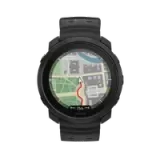 Polar Vantage M3
Polar Vantage M3
 Polar Grit X2 Pro Titan
Polar Grit X2 Pro Titan
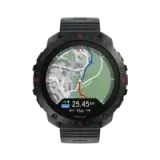 Polar Grit X2 Pro
Polar Grit X2 Pro
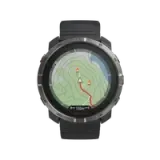 Polar Grit X2
Nuevo
Polar Grit X2
Nuevo
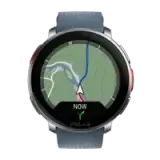 Polar Vantage V3
Polar Vantage V3
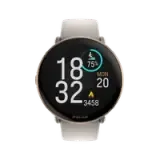 Polar Ignite 3
Polar Ignite 3
 Polar Ignite 3 Braided Yarn
Polar Ignite 3 Braided Yarn
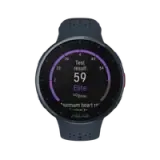 Polar Pacer Pro
Polar Pacer Pro
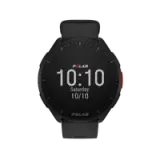 Polar Pacer
Polar Pacer
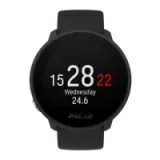 Polar Unite
Serie Grit X
Serie Vantage
Serie Polar Pacer
Serie Ignite
Polar Unite
Serie Grit X
Serie Vantage
Serie Polar Pacer
Serie Ignite
